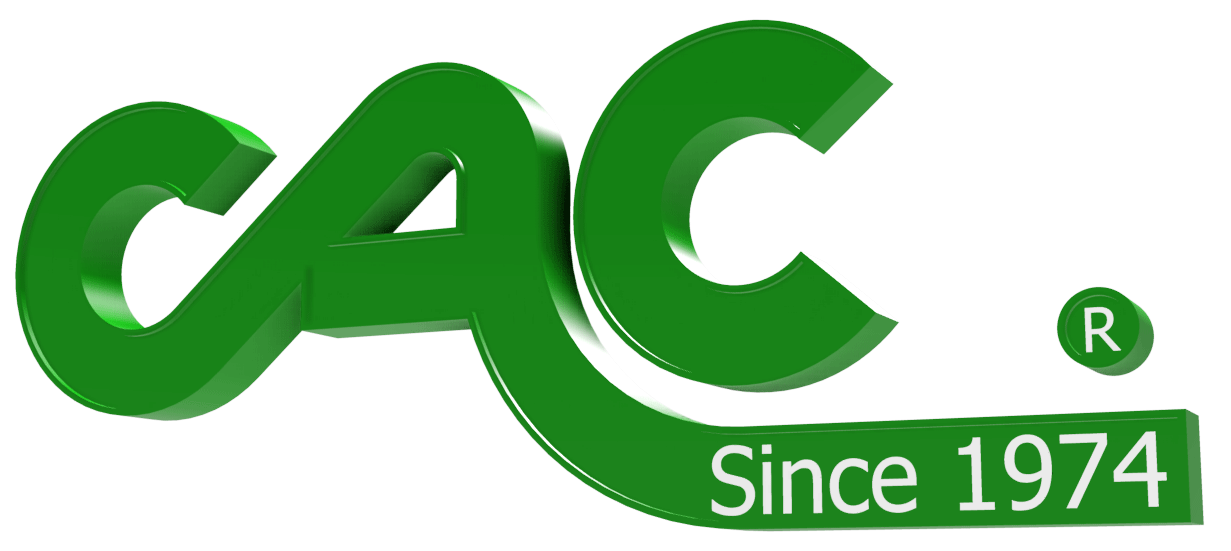Spreader rolls are beneficial in a number of applications | |
|
To remove wrinklesWebs will wrinkle for a lot of reasons. Sometimes, wrinkles can be avoided by correcting certain errors in converting processes. Many times, wrinkles will reoccur even though it seems all conditions are perfect in the converting process. These reoccurring wrinkles can only be removed with a spreader roll. Spreader rolls used to remove wrinkles will do so prior to the wrinkle becoming a crease. If a wrinkle becomes a crease it becomes very difficult or usually impossible to remove. A wrinkle will become a crease when it enters a station where the web is being nipped or rewound. Typically, spreader rolls are used as a "bandage" for wrinkling problems. Spreader rolls do not permanently change the characteristics of material. Multiple spreader rolls may be required for one converting process, each roll located just prior to each converting operation where wrinkles cause a problem or may become creases. Applications where accumulated wrinkles require more cross machine movement than one spreader roll can provide will require multiple spreader rolls. Usually, multiple spreader roll applications will incorporate several of the same type of spreader rolls, each immediately following the other, again just prior to each operation where wrinkle removal is required. Different types of spreaders should not be used in close proximity to each other, because each type utilizes different principals of web spreading. Many times, when different types of spreaders are used together, results can become unstable and unpredictable. Sometimes, different types of spreaders will counter act each other and cause wrinkles, this usually does more harm than good. Imagine the print quality out of a printing station or edge quality out of a slitting station with an in-running wrinkle or crease. Spreader rolls are used to improve product quality and reduce waste by removing some, most or all of the wrinkles just prior to a converting operation. Bottom line / spreader rolls used to remove wrinkles will increase profits by reducing or eliminating defective product. With the use of spreader rolls, web speeds can often increase and webs that could not be run without wrinkling (example-very thin or soft webs) in the past can now be processed with little or no problems. To separate slit widths and to prevent interleavingWhen a web is slit into several separate widths, each width takes on the properties of a separate web. Each width will have its own tension and each width will have a tendency to wander, similar to how the parent web can wander (this is why the parent web is usually edge guided). Normally, several slit widths are wound on a duplex (two station winder). This type of rewind has two separate rewind shafts, each with its own drive. Use of a duplex rewind will prevent interleaving by placing each slit width alternately, on the two separate rewind shafts. Example – The first slit width is placed and rewound on to shaft A, the second slit width is placed and rewound on shaft B, the third slit width is placed and rewound on shaft A, etc. Because each slit width is placed with the space of the next slit width between each rewound roll it is impossible for interleaving to occur. However, in applications where several slit widths are wound on to a single rewind shaft, edge interleaving will occur with even the slightest wander by each slit width. When this interleaving occurs with several layers of web wraps on the rewind shaft, the edges of each slit roll will become overlapped. It is very difficult or impossible to separate each rewound roll if the edges are overlapped. Bowed (curved axis) spreader rolls will prevent edge interleaving and roll overlap on a single rewind shaft by evenly separating each slit width. The separation must be greater than the maximum cumulative web wander for each slit width. This separation principal works, based on the web handling principal that the centerline of each slit width (now having the properties of a separate web) will seek to be perpendicular to the intersection point on the arc (curved axis) of the bowed roll. To stretch the web across the width.Some applications require that a web be stretched in the cross machine direction. A good example of this is a tenter frame application, often used for textiles. While a tenter frame is not a spreader roll by definition it does stretch material in the cross machine direction. Spreader rolls are used quite often immediately following a tenter frame to keep the web taught, so it doesn't return to it's natural width state. Spreader rolls may be used in this application to increase stretch in the cross machine direction. All spreader rolls have the ability (with varying aggressiveness) to stretch a web. Each uses it's inherent spreading principal to do so. Written By: Jeffrey Damour, Sales Engineer, Converter Accessory Corporation | |
|
**DISCLAIMER - A great deal of time has been invested in the development of our weekly tech tips. To the best of our knowledge, they are accurate. It is up to the user to verify all results. THE AUTHOR ASSUMES NO LIABILITY CONNECTED WITH THE USE OF THIS INFORMATION OR THE RESULTS OBTAINED FROM IT. | |






